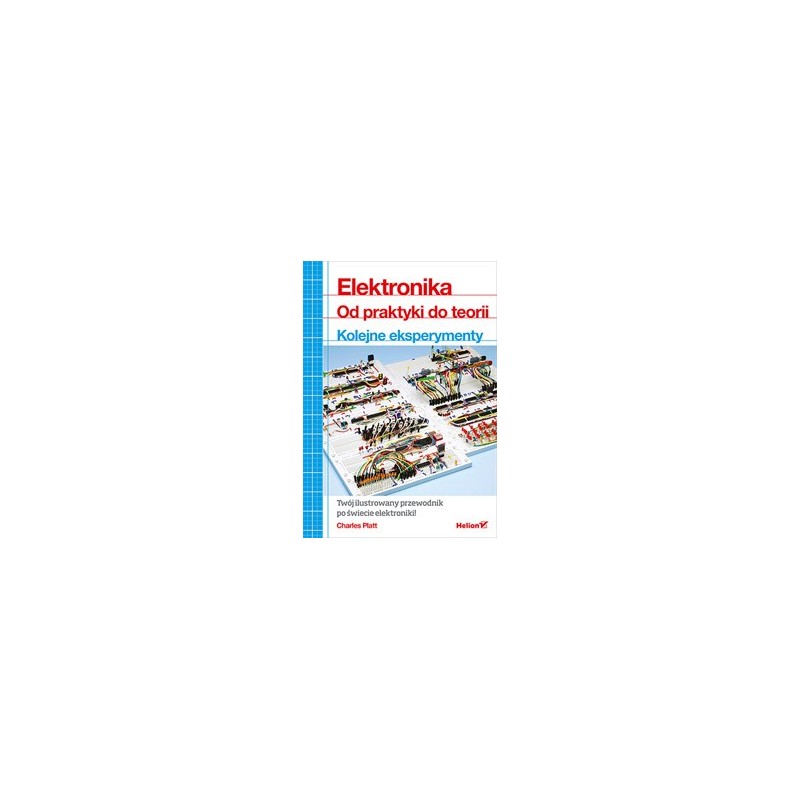- Out-of-Stock



Table of Contents
No product available!
A universal multimeter allows you to measure direct and alternating voltage, direct and alternating current and resistance. Equipped with diode tester, circuit continuity test transistor testing and low battery indicator. Uni-T UT51
No product available!
No product available!
AVT AND AT89S8252 MICRO CONTROLLER PROGRAMMER - PRINTED PLUG AND PROGRAMMED SYSTEM
No product available!
No product available!
No product available!
Motion detection module featuring Panasonic\'s EKM series PIR sensor. The EKM series is optimised for detecting small movements and is ideal for detecting movement in a small area around the sensor. It offers digital output in 32 zones with a detection distance of 5 m and a detection area of 90° x 90°. SparkFun SEN-22000
No product available!
No product available!
No product available!
No product available!
The Open746I-C development board has been designed for the capabilities of the STM32F746IGT6 microcontroller, includes a motherboard and a Core746I microcontroller board. Waveshare Open746I-C Package B
No product available!
ZP120.120.60UUJpH TM PC - Hermetic housing ZP120.120.60 light bottom with ears - colorless top with gasket and brass sleeves PC
No product available!
No product available!
AVT kit for self-assembly of a simple unipolar stepper motor driver. AVT1814 B
No product available!
No product available!
actionBoxS is a compact, 230V powered WiFi controller that allows you to configure and control up to 30 actions in home automation systems
No product available!

